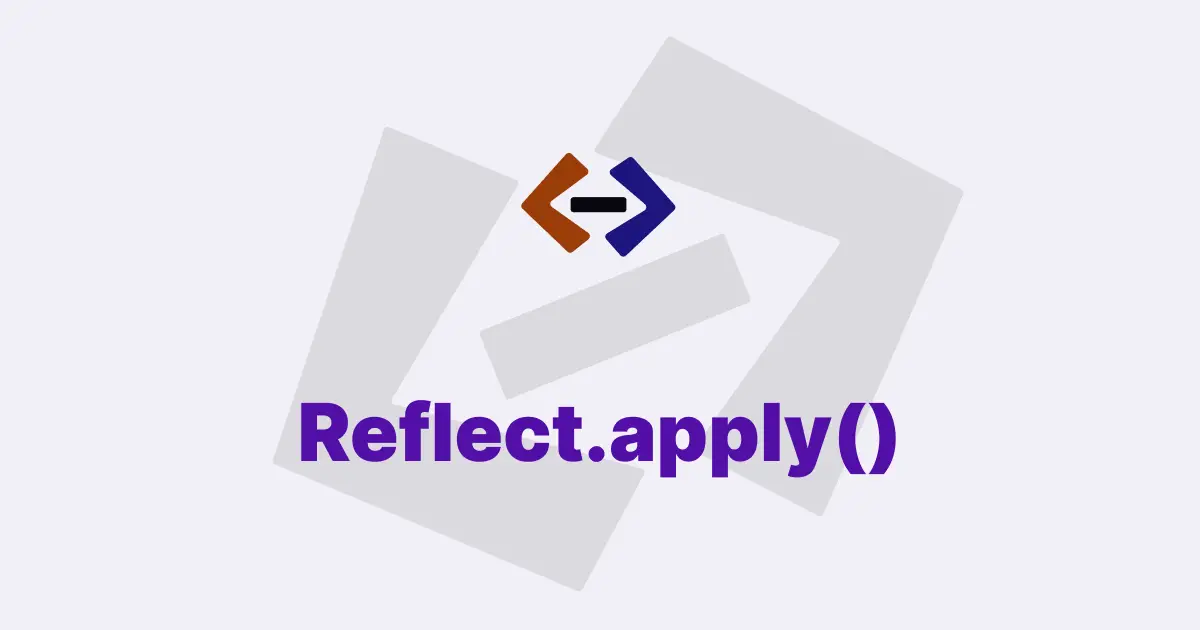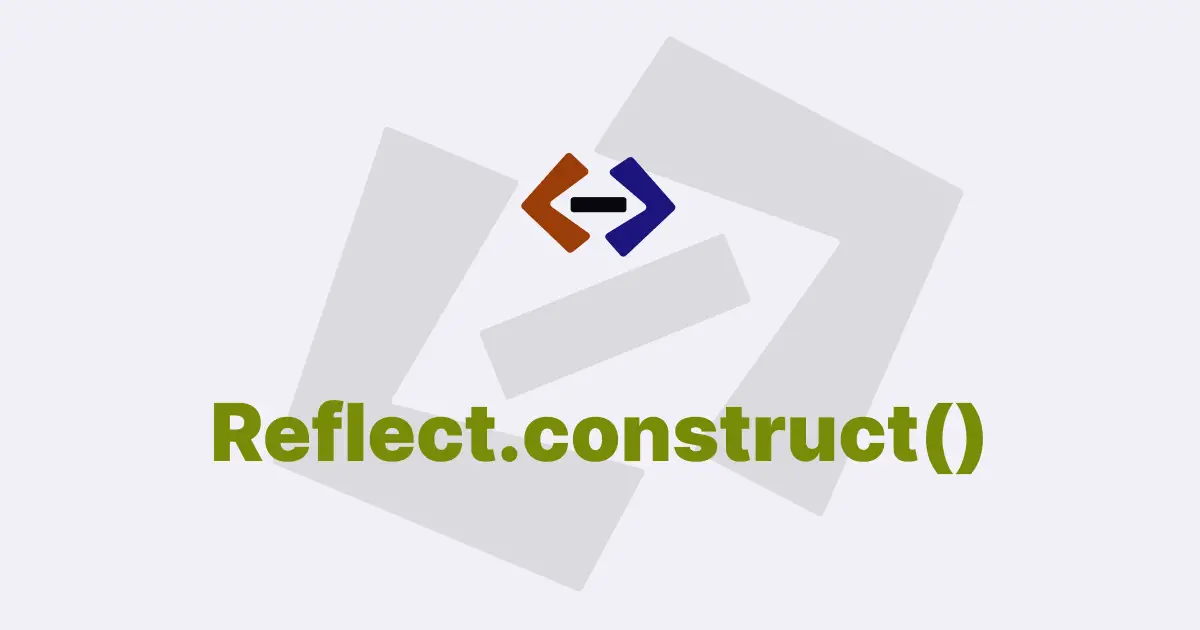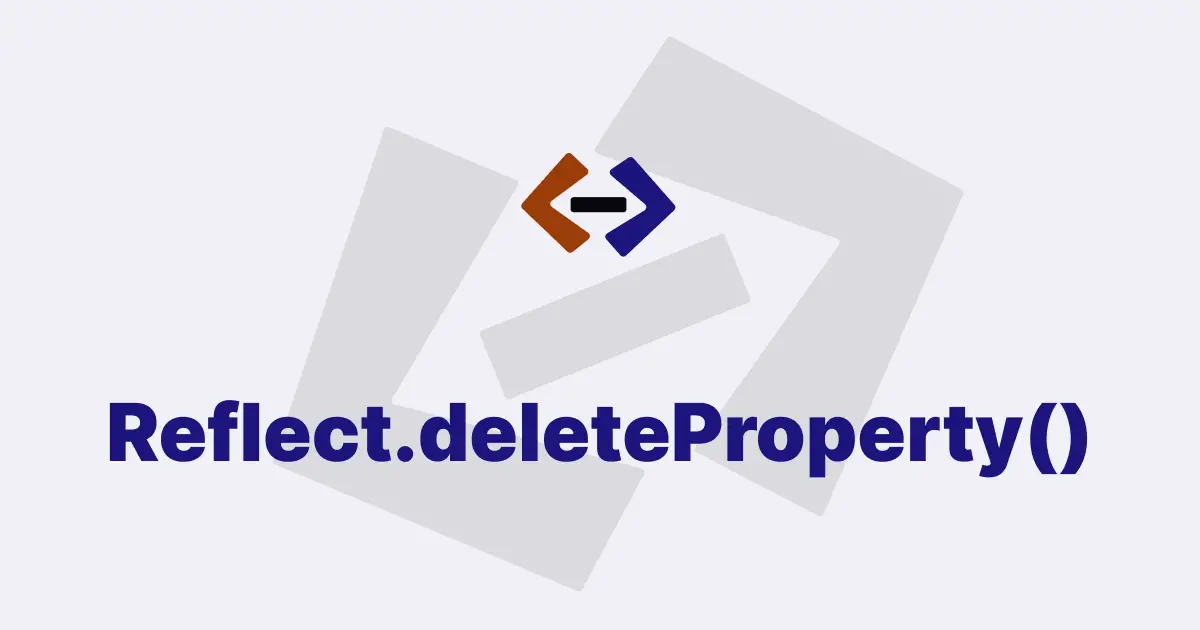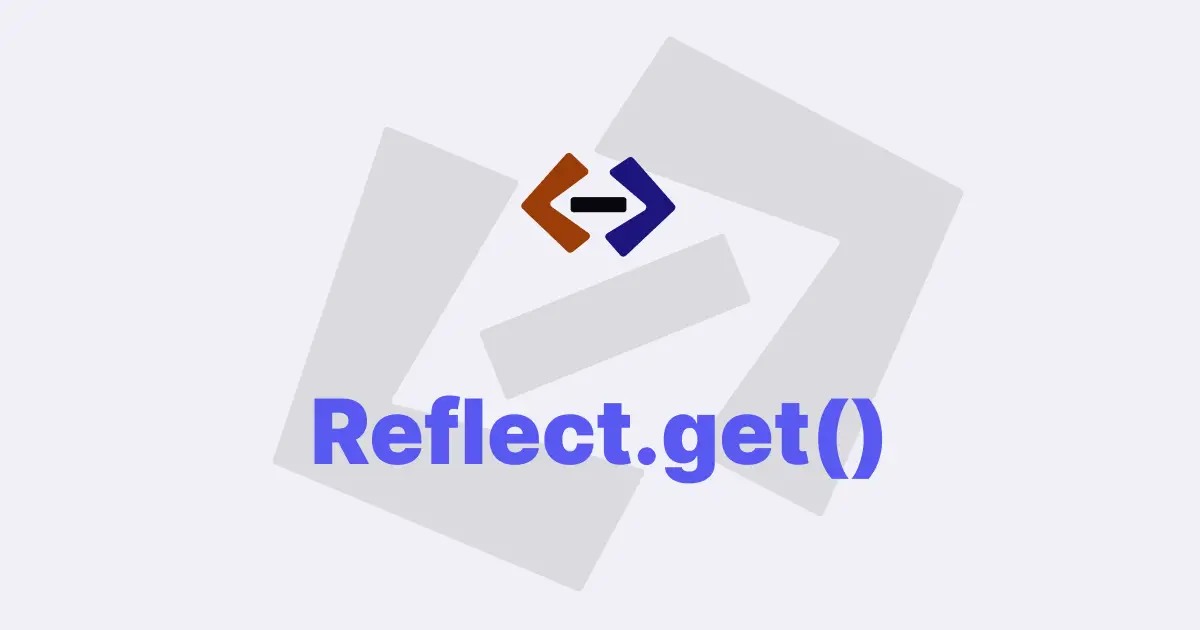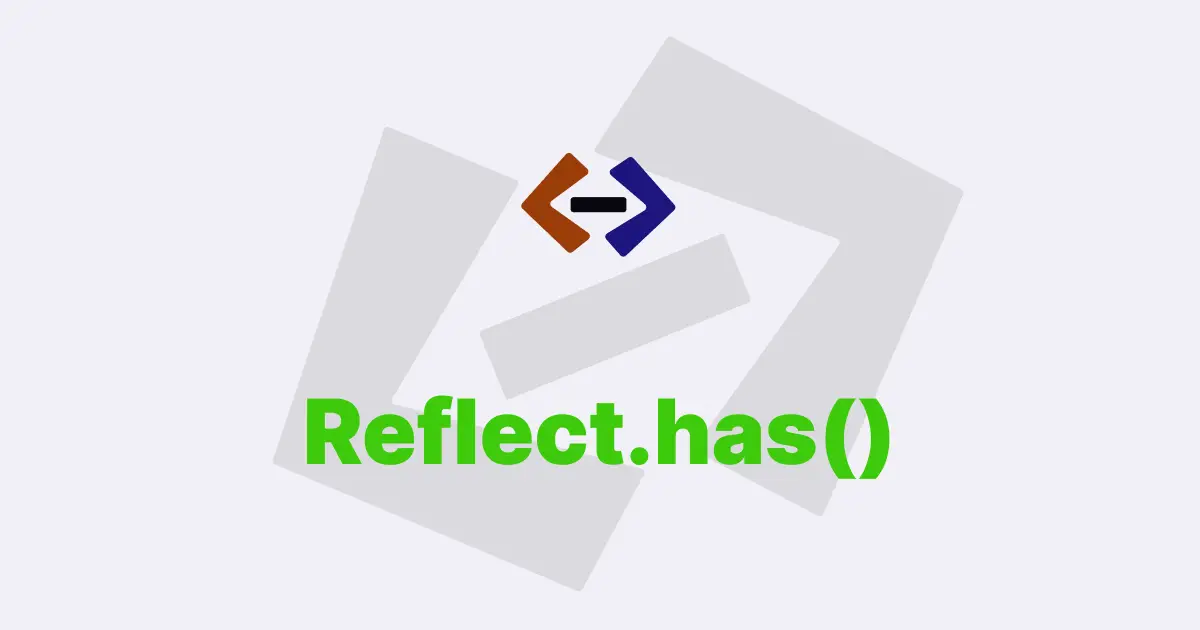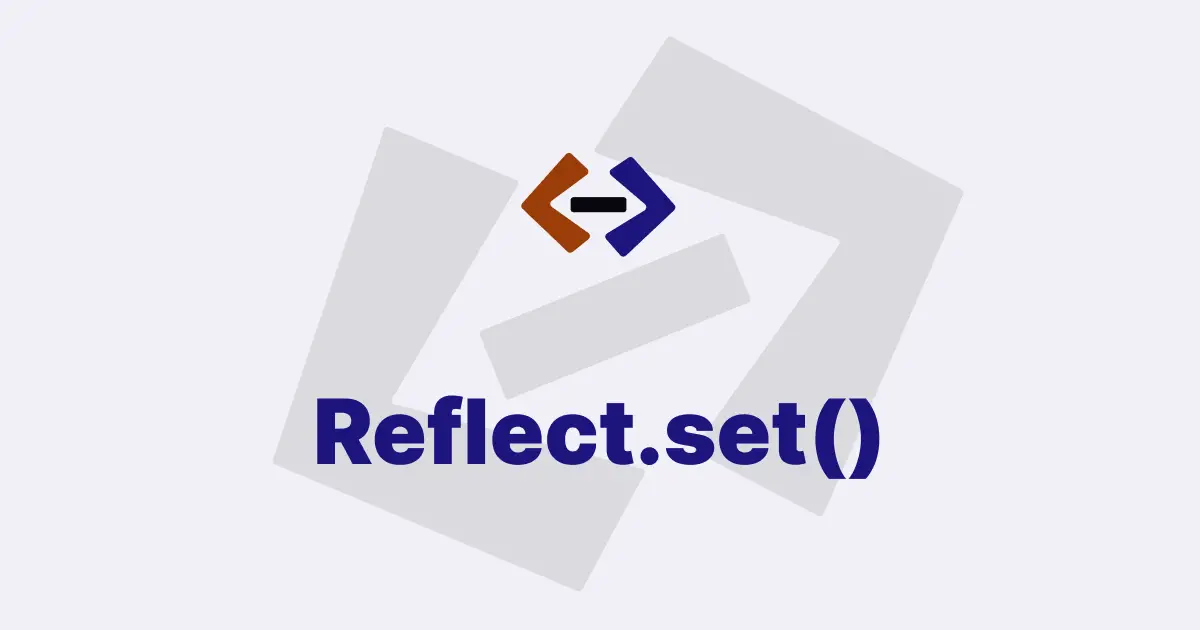In JavaScript, the Reflect object is a built-in object that provides methods for performing meta-operations on objects, such as creating, deleting, and modifying object properties, invoking functions, and constructing objects.
The Reflect object is designed to be used as a replacement for some of the operations that were previously available as global functions, such as eval(), Function(), and new.
To create a new Reflect object in JavaScript, we don’t need to do anything special. The Reflect object is a built-in object that is available in all modern JavaScript environments, so we can simply use it like any other object.
Here are some examples of how to use the Reflect object in JavaScript:
1. Creating an object using Reflect.construct():
The Reflect.construct() method creates a new object using a constructor function and an array of arguments. This is similar to the new operator, but allows more fine-grained control over the object creation process.
class Person {
constructor(name, age) {
this.name = name;
this.age = age;
}
}
const args = ["John", 25];
const obj = Reflect.construct(Person, args);
console.log(obj); // Person { name: 'John', age: 25 }In the example above, we define a Person class with a constructor function that takes two arguments: name and age. We then create an array args with two elements: 'John' and 25. Finally, we use the Reflect.construct() method to create a new object obj using the Person constructor function and the args array. The resulting object has the properties name: 'John' and age: 25.
2. Deleting a property using Reflect.deleteProperty():
The Reflect.deleteProperty() method deletes a property from an object. This is similar to the delete operator, but allows us to handle errors more gracefully.
const obj = { a: 1, b: 2 };
console.log(obj); // { a: 1, b: 2 }
Reflect.deleteProperty(obj, "a");
console.log(obj); // { b: 2 }In the example above, we define an object obj with two properties: a: 1 and b: 2. We then use the Reflect.deleteProperty() method to delete the a property from the object. The resulting object has only one property: b: 2.
3. Getting a property descriptor using Reflect.getOwnPropertyDescriptor():
The Reflect.getOwnPropertyDescriptor() method returns a property descriptor for a given property of an object. This is similar to the Object.getOwnPropertyDescriptor() method, but allows us to handle errors more gracefully.
const obj = { a: 1 };
const descriptor = Reflect.getOwnPropertyDescriptor(obj, "a");
console.log(descriptor); // { value: 1, writable: true, enumerable: true, configurable: true }In the example above, we define an object obj with one property: a: 1. We then use the Reflect.getOwnPropertyDescriptor() method to get the property descriptor for the a property. The resulting descriptor includes the properties value: 1, writable: true, enumerable: true, and configurable: true.
4. Invoking a function using Reflect.apply():
The Reflect.apply() method calls a function with a given this value and an array of arguments. This is similar to the Function.prototype.apply() method, but allows us to handle errors more gracefully.
function sum(a, b) {
return a + b;
}
const args = [2, 3];
const result = Reflect.apply(sum, null, args);
console.log(result); // 5In the example above, we define a sum() function that takes two arguments and returns their sum. We then create an array args with two elements: 2 and 3. Finally, we use the Reflect.apply() method to call the sum() function with a null this value and the args array. The resulting value is 5.
5. Setting a property value using Reflect.set():
The Reflect.set() method sets the value of a property on an object. This is similar to the obj.prop = value syntax, but allows us to handle errors more gracefully.
const obj = { a: 1 };
Reflect.set(obj, "a", 2);
console.log(obj); // { a: 2 }In the example above, we define an object obj with one property: a: 1. We then use the Reflect.set() method to set the value of the a property to 2. The resulting object has only one property: a: 2.
Thank you for reading, and let’s have conversation with each other
Thank you for reading my article. Let’s have conversation on Twitter and LinkedIn by connecting.
